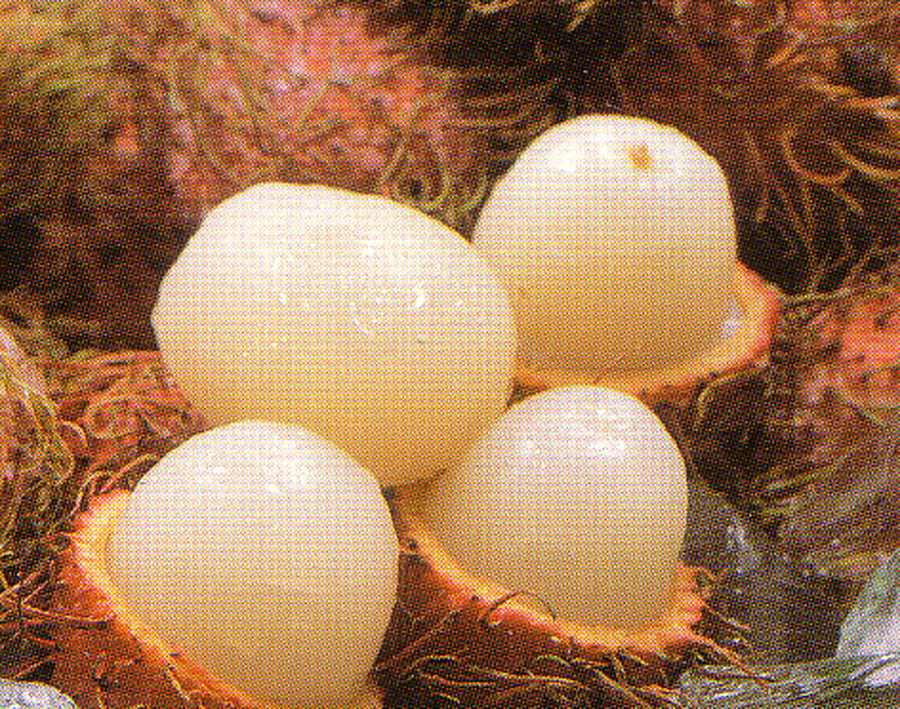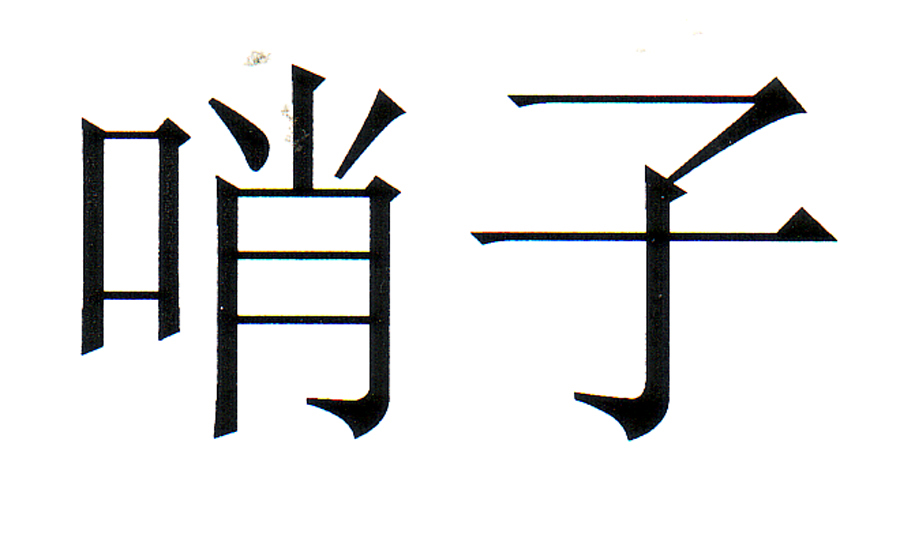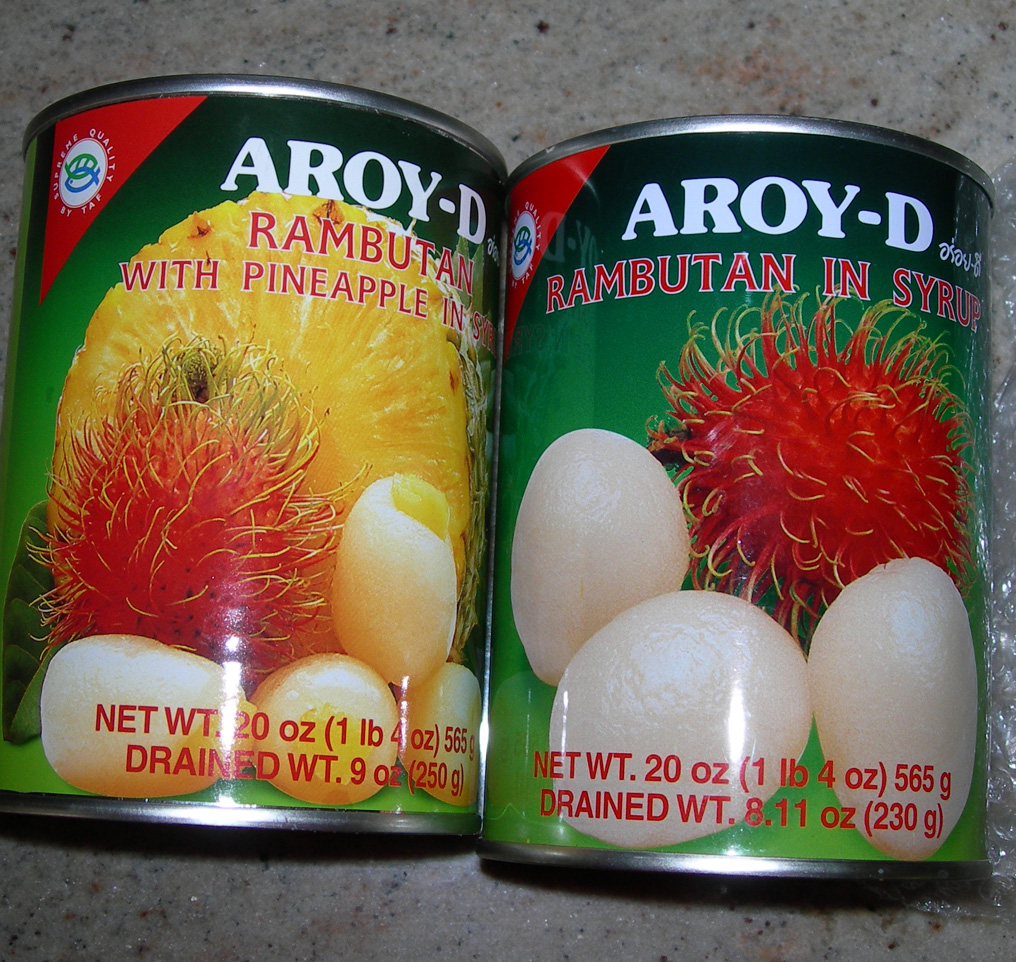
| What is Flavor and Fortune? |
| How do I subscribe? |
| How do I get past issues? |
| How do I advertise? |
| How do I contact the editor? |
Read 12744580 times
Connect me to:
| Home |
| Articles |
| Book reviews |
| Letters to the Editor |
| Newmans News and Notes |
| Recipes |
| Restaurant reviews |
| Article Index (all years, slow) |
| List of Article Years |
| Article Index (2025) |
| Article Index (last 2 years) |
| Things others say |
| Related Links |
| Log In... |
| Authors |
| Categories & Topics |
Rambutan
| by Jacqueline M. Newman |
Fruits, Desserts, and Other Sweet Foods
Fall Volume: 2008 Issue: 15(3) page(s): 14 and 17
Native to the Malay peninsula and known in prehistoric times, rambutan is a fruit that grows on evergreen trees. Sometimes known as a member of the Soapberry family, this fruit belongs to the Sapindaceae family and is related to litchi, longan, and akee. Its botanical name is Nephelium lappaceum, its fleshy part is similar to the litchi, its exterior red or reddish-yellow with a hairy exterior, its size larger than a longan and somewhat similar to that of a litchi.
The hairy protrusions are soft and called spines, and the skin they are on becomes tougher as it ripens. Inside its white flesh is a long narrow pit, the flesh itself tastes sweet with a tinge of acid. Some say its flavor is between that of apricot and pineapple, others say it tastes more like a dry, but not dried litchi with little to no juice.
Grown on exceptionally tall trees, this shao zi as rambutan is known in Chinese, has other names, hong mao dan and mao long yan come to mind. Most often the fruit is eaten raw, but it can be stewed, preferable pitless, used in stir-fry dishes. It can also be made into a jam, put into soups, and nowadays also made into a sorbet. People who love it advise they like it cooked with meats and made into dishes with other animal foods.
Some people mistakenly call the rambutan a furry longan, others, mistakenly call it a 'hairy litchi,' but it is neither. This fruit is beautiful when just picked and exceptionally delicious the first few hours after picking. Thereafter, it quickly loses its sweetness, somewhat akin to the way fresh corn is less sweet a few hours after picking.

 Almost all fresh rambutan that comes in to the United States requires irradiation. Unfortunately, it loses flavor during this process. Some from Central America, especially a good portion of them from Guatemala, are exempt from this high-tech treatment but we could not confirm where, when, or why. We did learn this fruit comes to market in late June and can be found fresh as late as October. Why this long season; some trees fruit twice a year.
Almost all fresh rambutan that comes in to the United States requires irradiation. Unfortunately, it loses flavor during this process. Some from Central America, especially a good portion of them from Guatemala, are exempt from this high-tech treatment but we could not confirm where, when, or why. We did learn this fruit comes to market in late June and can be found fresh as late as October. Why this long season; some trees fruit twice a year.
When you buy yours fresh, do not keep it too long, no matter where it comes from because taste, juiciness, and sweetness diminish quickly. Fruit without irradiation tastes better, but it does not stay tasty for long. When traveling in Asia, we tasted rambutan soon off the tree. It was sweeter and juicier than any bought from markets grown further afield.
Not everyone buys rambutan fresh. Many get theirs in cans. Some find small ones, leaves attached, and with small whitish or yellowish flowers. They are great centerpieces. Do enjoy their small fruits, even though they are a mite more acidic. Recently, we learned that clothing manufacturers buy rambutan not for food, but for the skins of these fruits; they produce an intense vibrant black dye.
 For those that purchase them to eat, use a sharp knife to cut around the hairy skin, as seen in the picture on this page. Twist off the top half of its exterior, then bite gently into the fruit. A hard clasp of the teeth gets tasting both flesh and the papery skin of the seed, so be gentle when tasting this fruit.
For those that purchase them to eat, use a sharp knife to cut around the hairy skin, as seen in the picture on this page. Twist off the top half of its exterior, then bite gently into the fruit. A hard clasp of the teeth gets tasting both flesh and the papery skin of the seed, so be gentle when tasting this fruit.
To cook rambutan, peel then cut the fruit into two to four sections. Do so gently, again to avoid getting that papery seed covering, and put the peeled sections of fruit onto a dish. Add them to whatever one is cooking at the very last moment, leaving them in it just long enough to warm them through.
There is a variety of rambutan that has yellow or golden skin, its hairy part extending from that. The fruit within is the same size, color, and texture of those that are red on the outside. Note, when the hairy protrusions begin to turn black, all in this family of fruits are past their prime, so do not buy them then.
Rambutan can be purchased fresh when in season, and other times dried or canned. To make them tastier, some canned rambutan comes with a triangle of pineapple stuffed in its center. However, these are not particularly tasty, some say because they are picked before ripening. Any stewed, steamed, or stir-fried recipe for litchee or longan can be used when cooking rambutan. Many people serve peeled and pitted fresh fruits with those pieces of pineapple. This way, they advise this combination is made in heaven and the best way to enjoy this fruit. Buy them, and you be the judge.
| Shrimp with Rambutan |
|---|
8 large shrimp, peeled, veins removed, and cut in half 2 teaspoons water chestnut flour or potato starch dash of ground white pepper 1 Tablespoon vegetable oil 4 asparagus, angle-cut into one-inch sections 16 fresh peeled and pitted or canned rambutan 1 Tablespoon cornstarch mixed with 1 Tablespoon cold water 1 teaspoon crushed brown sugar cubes 16 goji berries mixed with two tablespoons of hot water Preparation: 1. Mix shrimp, water chestnut flour and ground white pepper and set aside for fifteen minutes. 2. Heat wok or fry pan and add oil, and stir-fry the shrimp for one minute, then add asparagus and stir-fry one minute more. 3. Add cornstarch mixture, the sugar, and the goji berries, stir-fry half to one minute more until thick, then serve. |
| Pears, Almonds, and Rambutan |
|---|
4 Chinese pears 2 Tablespoons white cloud ear fungus, soaked in warm water for one hour 1/2 teaspoon sweet almonds, blanched with skins removed 1/2 teaspoon bitter almonds 1 Tablespoon Chinese brown slab sugar 8 rambutan, peeled and cut in half, seeds if any, removed Preparation: 1. Cut tops off pears and set them aside. Remove the core being careful not to cut to the outside. 2. Drain the fungus, squeeze out the water, and cut away any hard parts, then cut into half-inch pieces. 3. Put fungus, almonds, rock sugar, and two tablespoons cold water in small pot and simmer this for five minutes. 4. Put each pear into a small heat-proof bowl, pour this sugar mixture equally into them, add the rambutan and cover with the pear tops, securing each with a toothpick. Then steam them over simmering water for half an hour. Remove the toothpicks, and serve them, one to a person. |

Copyright © 1994-2025 by ISACC, all rights reserved
Address
3 Jefferson Ferry Drive
S. Setauket NY 11720